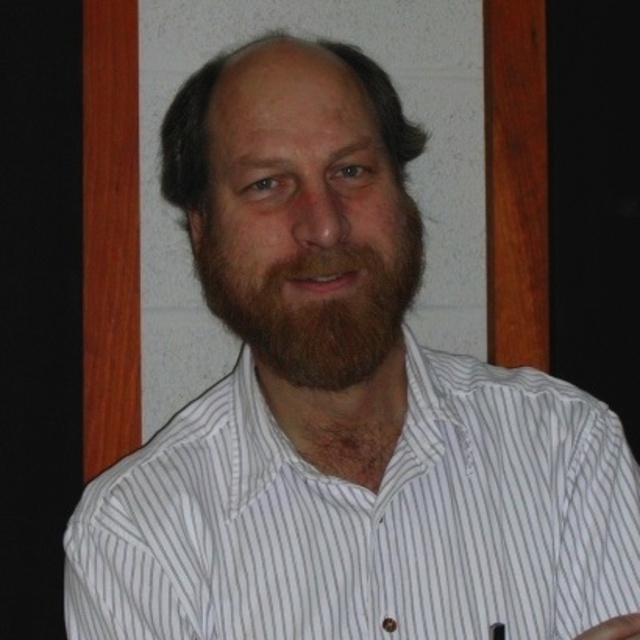December
1995
•
1995AJ....110.2537B
Authors
•
Baum, W. A.
•
Hammergren, M.
•
Groth, E. J.
•
Ajhar, E. A.
•
Lauer, T. R.
•
O'Neil, E. J., Jr.
•
Lynds, C. R.
•
Faber, S. M.
•
Grillmair, C. J.
•
Holtzman, J. A.
•
Light, R. M.
Abstract
•
We report HST-WFPC2 observations of the bright E0 galaxy NGC 4881, located about 18' north of the center of the Coma Cluster. Counts of globular clusters (GCs) were made both within the PC 1(f/28) frame and within the three WFC (f/13) frames. Attention was focused mainly on the PC1 data, in which faint GCs could be distinguished from noise spikes by the use of a PSF fitting test. Within the 34"X 34" field of the PC1 detector (minus a circle of 3" radius around the NGC 4881 nucleus), 88 GCs have been identified to a threshold of F555W = 27.6 mag~V. Noise spikes are only beginning to appear near that threshold, and they have been excluded. Extended sources, such as distant background galaxies, have also been identified and excluded. If corrected for incompleteness in the faintest bins, the numbers of GCs per 0.4 mag bin in NGC 4881 are rising monotonically to our threshold and therefore imply that we probably have not yet passed the turnover of the globular cluster luminosity function (GCLF). Alternatively, instead of applying completeness corrections, we can compare uncorrected NGC 4881 counts with a model GCLF transported to various assumed Coma Cluster distances. The relative likelihoods of various distances can then be calculated using Poisson statistics to quantify the fit. For a model we use the GCLFs of the Milky Way and M31. We find the likelihood of the GCLF fit to rise with increasing Coma distance until it crests at ~108 Mpc, and then levels off. Therefore, if the model fairly represents the GCs in NGC 4881, our estimate of the minimum Coma distance is 108 Mpc with a formal statistical error of (-11,+{infinity}) Mpc. A comparison of three independent calibrations indicates that any zero-point error in the photometry should be < 5%. Three other possible sources of systematic error include the RR Lyrae distance scale for the Milky Way GCs, the distance modulus of M31, and any intrinsic difference between NGC 4881 and the model in the M_V_ of the GCLF turnover. In all three cases, there are envisaged adjustments which, if applied, would have the effect of increasing our estimate of the minimum distance to Coma. A distance of 108(-11,+{infinity}) Mpc implies a Hubble Constant H_0_ = 67(+7, -[67]) km/s per Mpc. We cannot set an upper limit on the distance, nor a lower limit on H_0_, until observations of Coma galaxies reach deep enough to show the turnover of the GCLF, and we also caution that the results above are based on only one Coma galaxy. If the GCs detected on all four CCDs are fitted with the GCLF model and if counts are adjusted for incomplete areal coverage, the GC system in NGC 4881 is found to have a specific frequency of only about 1.0, which is lower than in the majority of bright ellipticals but not the lowest known. The GC system in NGC 4881 is also found to be only a little more spatially extended than the luminosity profile of the galaxy itself. Those findings are somewhat sensitive to any nonuniformity in the distribution of background objects in the WFC frames. Even so, the specific frequency is almost certainly less than 2.0. The low specific frequency in NGC 4881 may have implications concerning the formation, migration, and fate of GCs in a dense environment like that of Coma, where very large numbers of GCs and dwarf galaxies have been reported near the center of the cluster. There is no evidence that the GCs of NGC 4881 are abnormal: they have a mean color index (V - I) = 0.97 mag with relatively small dispersion, and the implied metallicity, [Fe/H] ~ -1.2, is within the range of GC metallicities found in the Milky Way, though a little more metal rich than the mean. Moreover, the NGC 4881 GCLF has the same slope as the bright side of the GCLF in the Milky Way.
Links




